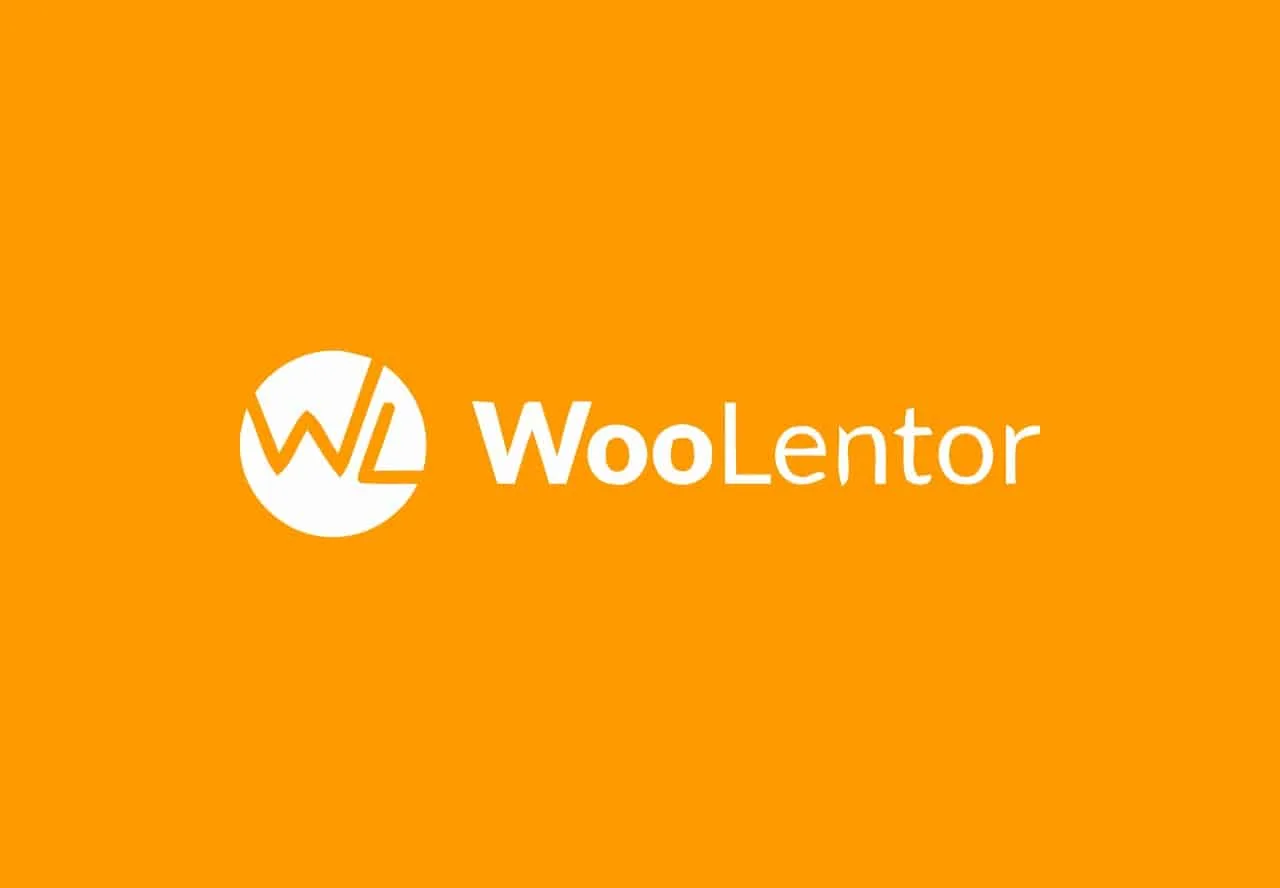[ad_1].
In-depth analysis of the break-even point: the crucial moment when costs balance with revenues
One of the fundamental pillars in business management is the concept of the break-even point. This condition represents that critical point at which an organisation generates neither profit nor loss, as total costs and total revenues are perfectly balanced. Whether it is a fledgling start-up or an established company, understanding the break-even point is crucial in determining effective strategies to reach and exceed the break-even point.
Nell’ambito aziendale, il punto di pareggio rappresenta la soglia oltre la quale ogni vendita contribuisce a generare un profitto, avendo già coperto tutti i costi, sia fissi che variabili. I costi fissi rappresentano le spese che una società deve sostenere, indipendentemente dal volume delle unità vendute. Questi costi, spesso ineludibili, includono pagamenti come l’affitto dei locali, le bollette delle utenze e i salari degli impiegati. Al contrario, i costi variabili dipendono direttamente dal volume di produzione e vendita e includono le spese per materiali, stipendi degli operai e costi di marketing e pubblicità.
The relevance of the break-even point in the corporate landscape
Understanding and identifying the break-even point is vital for any business, but it is particularly crucial for start-up or growth companies. Without a clear understanding of the break-even point, a company risks navigating blindly, not knowing when it will be able to start generating profit, thus risking finding itself in a situation of financial loss. Accurate management of the break-even point is critical to driving sustainable growth and ensuring the company's long-term financial stability.
The break-even point not only provides a clear financial target, but also gives insight into how much a company needs to produce and sell to cover costs and start generating profit. This valuable insight allows management to strategically plan the future of the company by accurately calculating the production needed to break even and start generating profits. This management of the break-even point is a key element in resource planning and the definition of business strategies.
Methodology for calculating the break-even point
Calculating the break-even point is an important exercise for any company. This calculation provides a clear indication of when the company's efforts begin to bear tangible fruit in terms of profit. The formula for calculating the break-even point is relatively simple and is based on the proportion of total fixed costs to the contribution margin, i.e. the difference between the selling price and the average variable cost per unit.
Although it may seem like a daunting task, the calculation of the break-even point can be done through various methods, including the use of software or spreadsheets. However, for companies that do not have specialised software or a dedicated finance department, there are also online tools that offer free and intuitive break-even point calculators.
FAQs on the breakeven point: frequently asked questions and useful answers
What are the advantages of knowing the break-even point?
Having a clear understanding of the break-even point allows a company to accurately determine its profitability and plan effective strategies to ensure its long-term financial stability. In addition, it allows a company to understand how much has to be produced and sold to cover costs and generate a profit.
Why is the break-even point important?
The break-even point is critical because it provides a reference point from which the company can plan its resources and strategies to ensure a sustainable growth path. Without a clear understanding of the break-even point, a company could be navigating blindly, risking failing to generate profits or plunging into losses.
What are the fixed costs?
Fixed costs are those expenses that a company incurs irrespective of the volume of sales. These include costs such as rent for premises, utility bills and employee salaries.
What are the variable costs?
Variable costs are those costs that vary according to the volume of production and sales. These include expenses such as materials, workers' salaries and marketing and advertising costs.
When is a break-even point reached?
A company reaches the break-even point when the revenue generated equals the costs incurred. In this situation, the company is neither making a profit nor a loss.
[ad_2] Non rimandare! Se vuoi una consulenza completa sul punto di pareggio: quando i costi diventano uguali alle entrate, contatta subito la G Tech Group! Puoi aprire un ticket o inviare una mail a support@gtechgroup.it to receive professional, detailed and timely assistance. Don't miss the opportunity to take control of your financial situation and achieve your goals. Contact us today!







